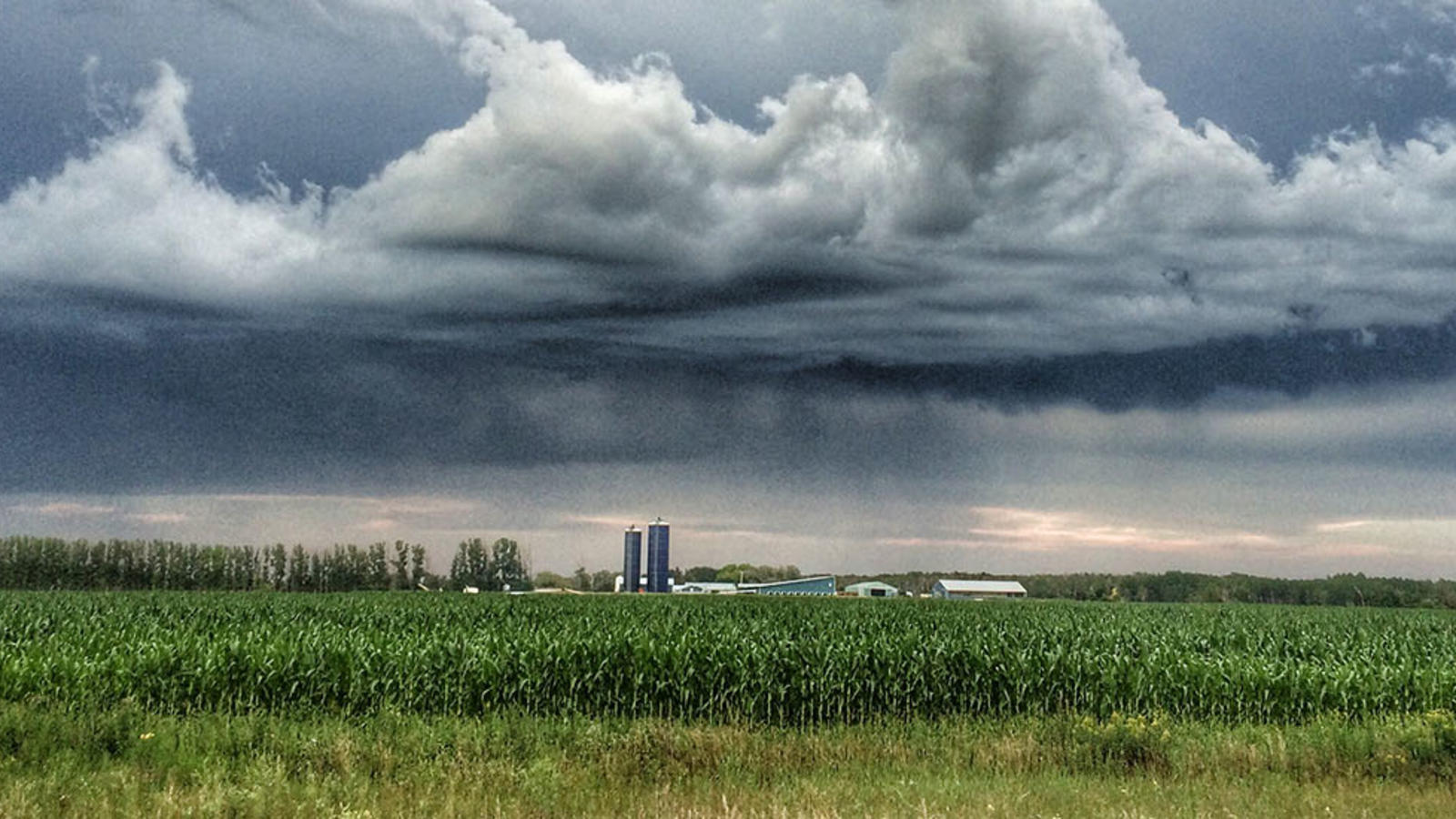
Weather Permitting
Traders vs. News In Weather-Sensitive Commodities
Based on research Jeff Fleming, Barbara Ostdiek and Chris Kirby
Traders vs. News In Weather-Sensitive Commodities
- Researchers have long struggled to parse the separate roles of information and human trading activity in causing market price fluctuations.
- Unlike most financial markets, which are affected by a news cycle that follows the flow of the business day, weather-sensitive commodity markets are buffeted by important information flow 24/7.
- Taking advantage of this trait in weather-sensitive markets, researchers have discovered that information plays a big role in price fluctuations.
Market volatility has long perplexed business and economics researchers. According to basic economic principles, prices should reflect available information. Thus, price changes ought to reflect the news. But two complications make it hard to test this idea.
The first difficulty is that much of the news goes unobserved: It doesn’t show up in headlines or even in a tweet. The second is that prices only change when there is trading – and traders trade for many reasons.
In most markets, most news happens during the trading day. As a result, researchers struggle to discern how much price fluctuations are due to the news and how much they’re due to traders over- or under-reacting to the news. And then there’s the question of how much the fluctuations are related to trading activity that’s not linked to the news at all.
Weather-sensitive commodity markets give researchers a chance to make this distinction. In contrast to equities and currencies, weather-sensitive commodities are affected by information that changes randomly over a 24 hour cycle. In addition, the importance of weather news varies across the year. This means researchers can study the changing contribution of information flow throughout the year.
According to groundbreaking research coauthored by Jeff Fleming and Barbara Ostdiek, both finance professors at Rice Business, weather news influences price fluctuations of weather-sensitive commodity markets in ways that can’t be chalked up merely to trading.
Fleming and Ostdiek measured price variations in the corn, soybean, wheat, natural gas and frozen concentrated orange juice markets during the trading day and overnight, when the markets were closed. They then analyzed the overnight share of volatility in comparison to the trading day share of volatility. They found that the share of price fluctuation that took place overnight versus that occurring during the day was much greater than in the U.S. stock market. The finding is consistent with the idea that information about the weather is a substantial factor in moving prices.
The researchers also found that the importance of weather news varies throughout the year. For instance, the weather-sensitive season for wheat runs from March 15, when the crop begins sprouting, to August 31, when 75 percent of the wheat likely has been harvested. Wheat prices are far less sensitive to weather when no crops are in the ground. As a result, the share of volatility occurring overnight falls dramatically in the off-season.
Using traditional equity and currency markets as benchmarks, the researchers found commodity markets depend on weather and their unique news cycles in key ways.
According to past research, stock market returns during the open trading period are more variable than returns from the weekend and overnight. Some researchers have theorized this is because traders are more likely to be informed of, and act on, private information during the day. Other researchers have linked the discrepancy to the large amount of public information that’s at hand when trading is taking place.
In contrast to equity markets, currency markets are open 24/7 and benefit from a never-ending information flow as the news cycle moves around the globe. Compared to stocks, the variability of currency markets during U.S. trading hours is much closer to its variability during non-trading hours. This is consistent with a link between price volatility and information flow.
The takeaway: Irrational trading activity can’t explain these variations, but the unique patterns of the information flow in the different markets can.
Contrary to previous findings, the scholars discovered a strong link between price fluctuations and information flow – a link that can’t be explained by pricing errors or trading activity.
Not only does this information flow affect market volatility, the researchers found it also influences the interactions between different commodities. Returns on corn, wheat and soybean commodities were more strongly connected to each other during the weather-sensitive season – both during the trading day and overnight – which is consistent with the idea that weather information is a primary driver of price fluctuations in weather-sensitive commodity markets.
Jeff Fleming is the Deputy Dean of Academic Affairs and a Fayez Sarofim Vanguard professor in finance at the Jones Graduate School of Business at Rice University.
Barbara Ostdiek is the Senior Associate Dean of Degree Programs and associate professor of finance and statistics at the Jones Graduate School of Business at Rice University.
To learn more, please see: Fleming, J., Kirby, C. & Ostdiek, B. (2006). Information, trading and volatility: Evidence from weather-sensitive markets. Journal of Finance, 61(6), 2899–2930.
Never Miss A Story


